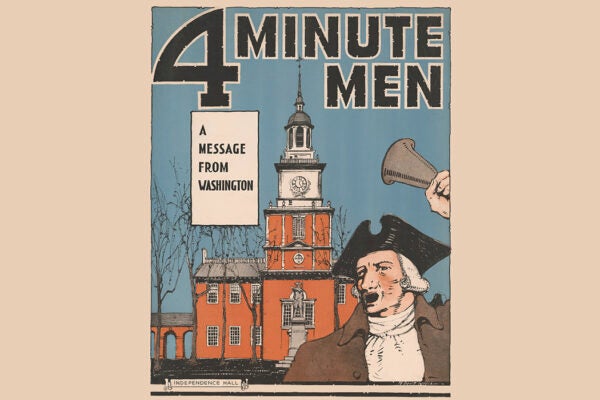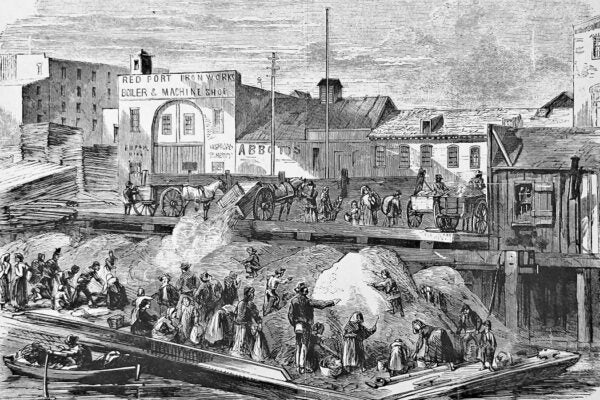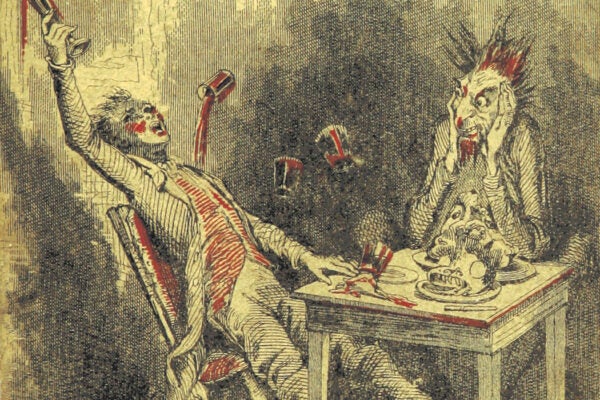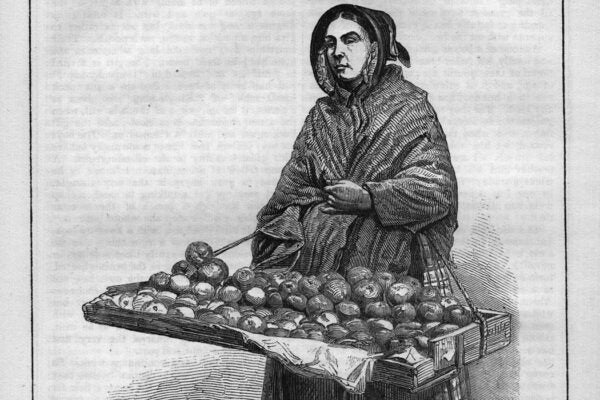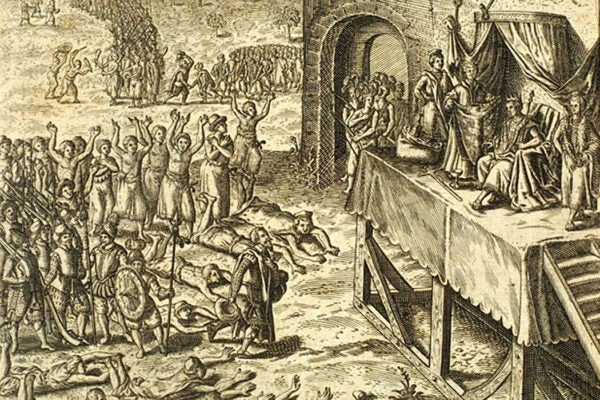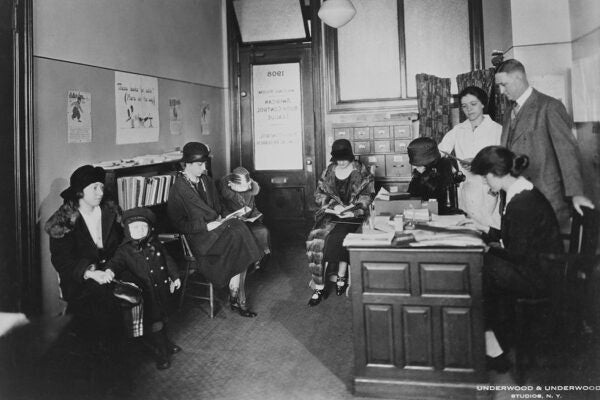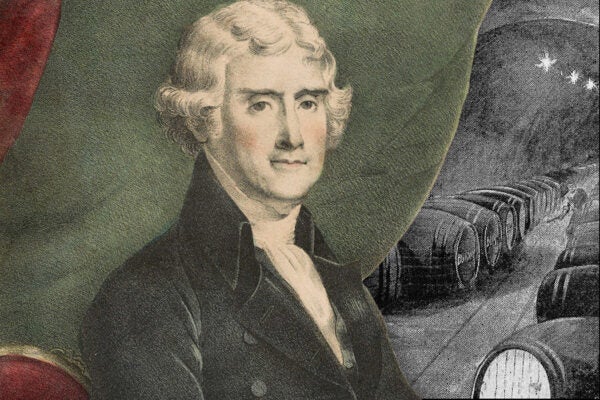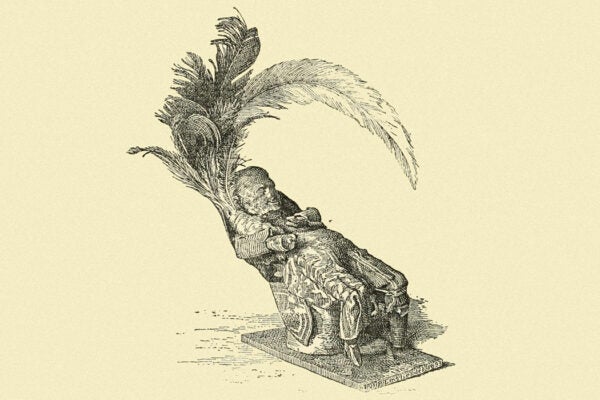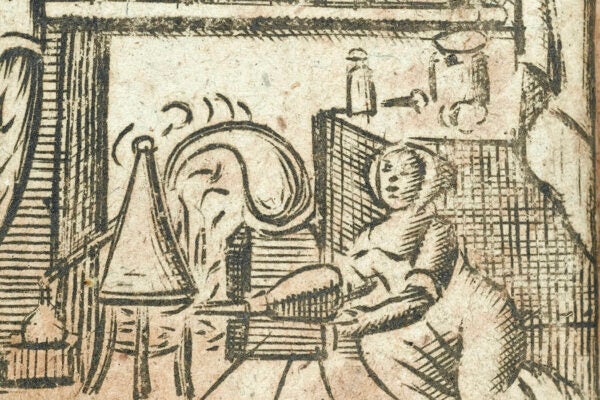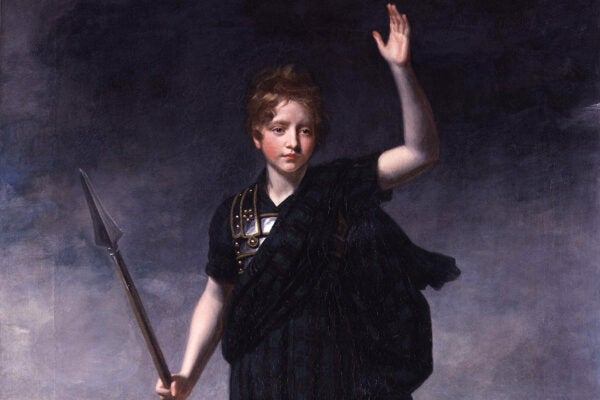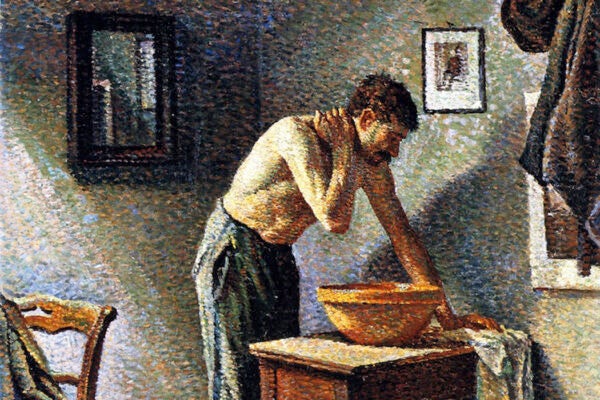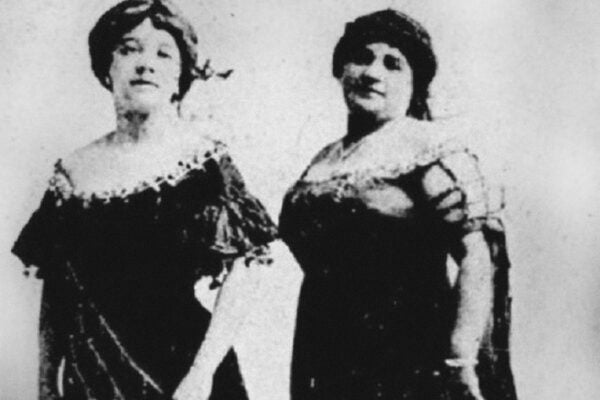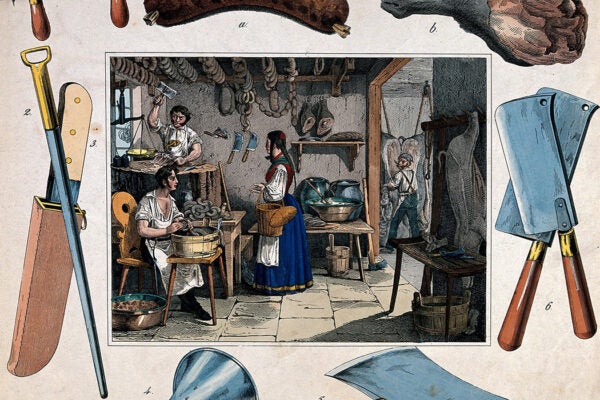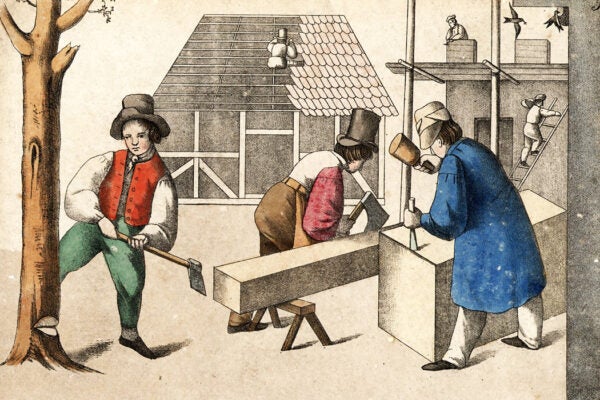The US Propaganda Machine of World War I
As the United States prepared to enter World War I, the government created the first modern state propaganda office, the Committee on Public Information.
Class and Superstition in Britain
Believing in ghosts wasn’t a class marker until the 1820s, when suddenly the educated classes tried to convince the masses that these apparitions were delusions.
Freddy Krueger, Folkloric Monster
Many aspects of Freddy Krueger's backstory and actions in A Nightmare on Elm Street echo portrayals of the folkloric bogeyman who targets children.
The Radical Street Sellers of London
Many considered street vendors dangerous, not just for their general skirting of the law but because they comprised an outspoken political force.
Dawn of the Bathroom
The bathroom didn’t become a thing until the nineteenth century, and most working-class US homes added plumbed-in amenities in piecemeal fashion over time.
Parents’ Rights, Sex, and Race in 1970s Florida
Save Our Children is remembered as an effort to keep gay people out of public life. But it was also rooted in the movement against school integration.
When Did Americans Start Using Fossil Fuel?
The nineteenth-century establishment of mid-Atlantic coal mines and canals gave America its first taste of abundant fossil fuel energy.
How Portuguese Slave Traders Changed Ethiopia and Congo
Portuguese trading of enslaved Africans affected two major African powers in very different ways.
Why Eat Like a Caveman?
To people who follow the Paleo plan, it can mean anything from embracing meat-eating as a feminist choice to seeking a balanced life with room for leisure.
Pro-Sex Feminists of the 1920s
In the early decades of the twentieth century, political and social activists saw separating sex from marriage and reproduction as an issue of freedom.
Making Malt Liquor at Monticello
Thomas Jefferson thought whiskey was harmful to the country. Together with enslaved brewer Peter Hemings, he experimented with making less potent drinks.
Understanding Capitalism Through Cotton
Looking at the development of cotton as a global commodity, explains historian Sven Beckert, helps us understand how capitalism emerged.
Race, Prison, and the Thirteenth Amendment
Critiques of the Thirteenth Amendment have roots in a long history of activists who understood the imprisonment of Black people as a type of slavery.
Poison and Magic in Caribbean Uprisings
Witchcraft and poisoning were closely connected for both West Africans and the Europeans who enslaved them in the eighteenth-century Caribbean.
The Home Science Labs of English Noblewomen
In the eighteenth century, elite women with a scientific bent often turned to distilling medicines, a craft that helped them participate in experimentation.
A Teen Celebrity in 1804
When thirteen-year-old actor William Henry West Betty arrived in London from Ireland, crowds mobbed theaters and camped outside his home.
The Rise of the Domestic Husband
In the late 1800s, advice writers targeting white, middle-class Americans began encouraging men to become more engaged in the emotional lives of their households.
Bringing Personal Hygiene to France
France’s notorious disregard for washing gradually changed as military authorities and public schools promoted a modern regime of cleanliness.
The Griffin Sisters Helped Build Black Vaudeville
The sisters were not only a singing duo, they were successful businesswomen and advocates for Black-owned enterprises in the entertainment world.
Meat and the Free Market
Significant political changes in three major global cities fueled experimentation with laissez-faire economics, which had peculiar effects on the meat market.
The Rise of the LA Suburb in 1960s TV
The shift from city centers to suburbs was reflected in post-World War II television programming.
Visiting Christ’s Prison Cell
After Christian crusaders captured Jerusalem, the Prison of Christ featured on pilgrims' itineraries. But was Christ actually ever imprisoned there?
When the Government Tried to Flood the Grand Canyon
In the 1960s, the government proposed the construction of two dams in the Grand Canyon, potentially flooding much of Grand Canyon National Park.
When Being an Unemployed Teenager was a Crime
Seventeenth-century teenagers faced criminalization for refusing to take on jobs as live-in farm workers, but many pursued their interests despite the threat.

